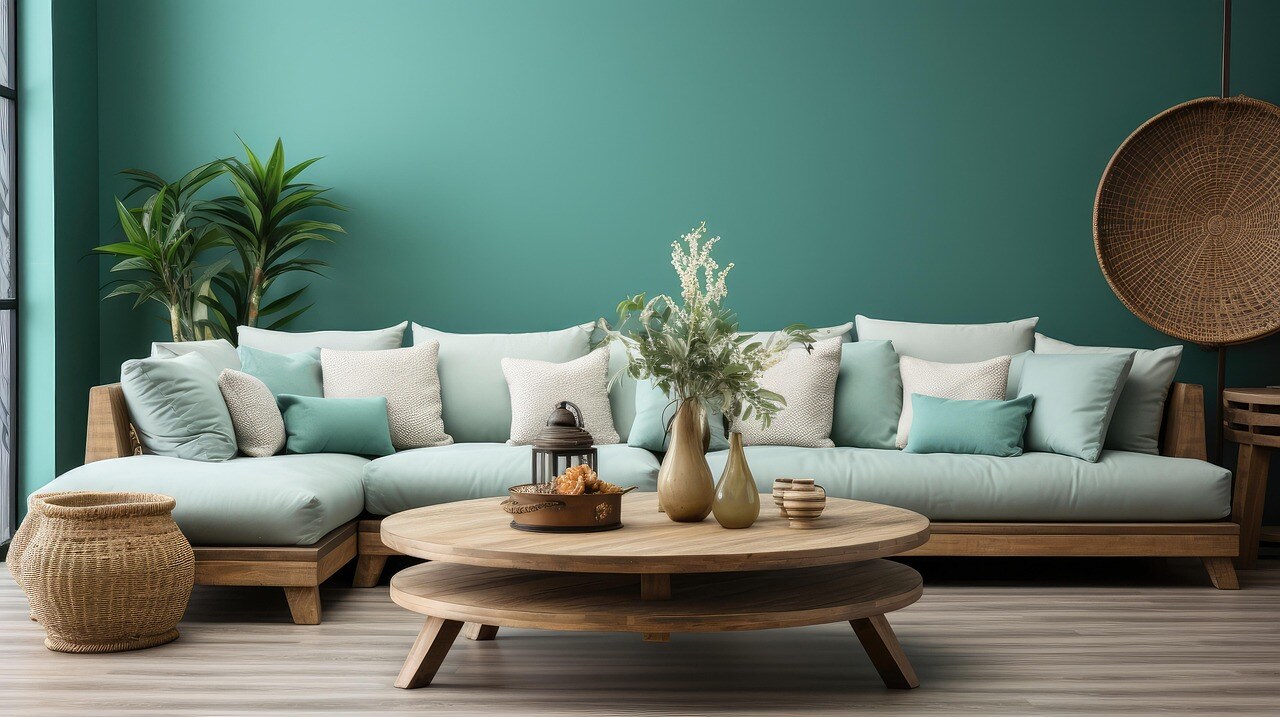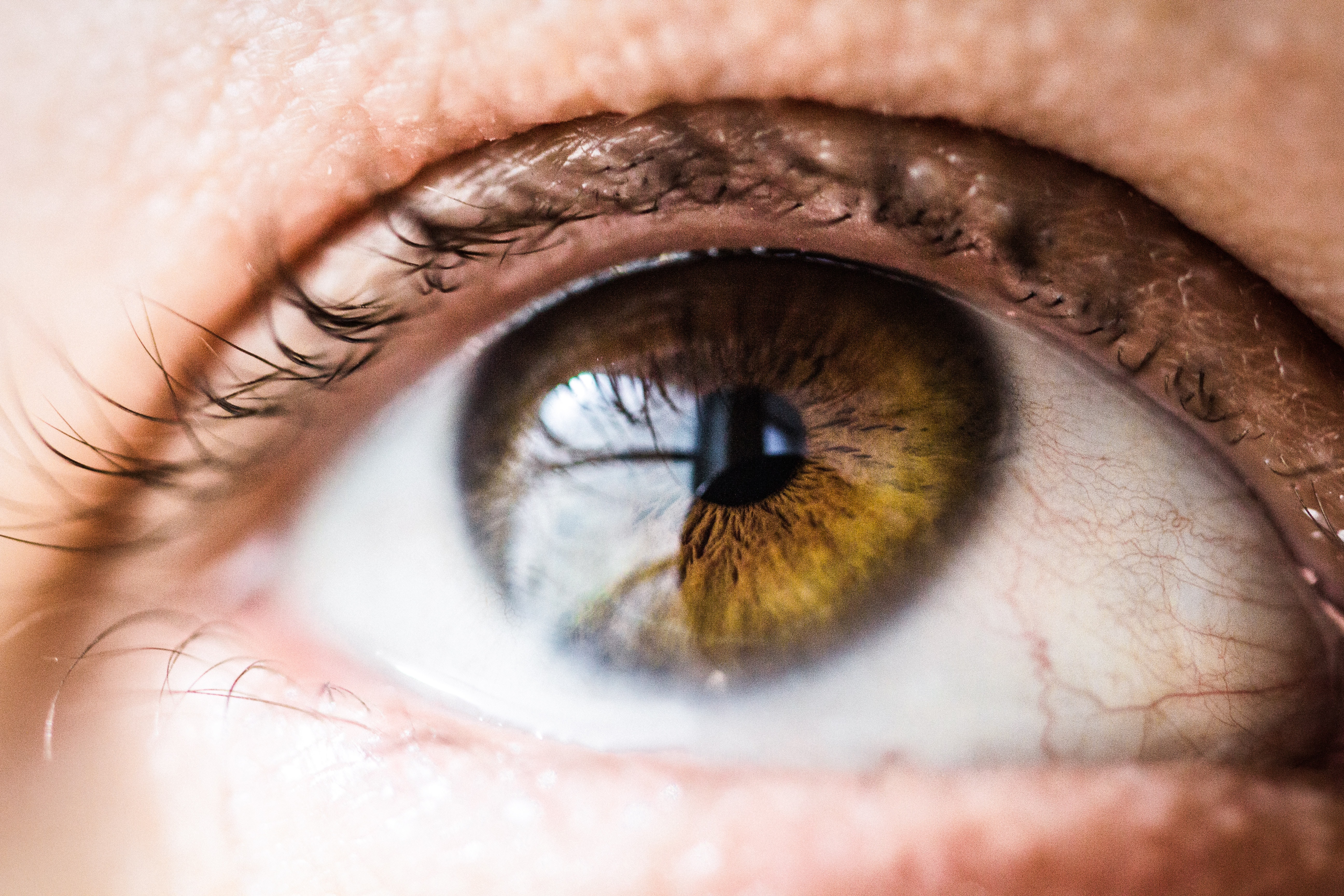How to Maximize Your LASIK Eyesight Investment
LASIK, or Laser-Assisted in situ Keratomileusis, is a form of refractive surgery that can help correct vision problems like nearsightedness,...
2 min read
 Guest Author Tammy Pitts
:
Feb 6, 2025 2:39:18 PM
Guest Author Tammy Pitts
:
Feb 6, 2025 2:39:18 PM

Living with vision loss can make daily tasks more difficult, but many home modifications can help make life easier for those with low vision or blindness. By making a few adjustments, you can create a space that is more accessible, safe, and comfortable. Here are five tips to modify your home for family members with vision impairments.
One of the most effective ways to help make a home accessible for those with vision challenges is to turn on the lights. Ensure that rooms are well-lit, especially in rooms where tasks like reading or cooking will take place.
Clutter can be a major problem for someone with low vision, increasing the risk of trips and falls. Keeping things organized will make it easier to find items and avoid accidents.
When buying furniture, consider pieces that are easy to navigate and won’t pose a safety risk.
These days there are a host of apps and smart devices to help those with vision impairments, like Alexa or Google Home, which can help make a home more manageable. The apps allow for hands-free control of lighting, music, shopping lists, home temperature settings, and much more.
Some apps also read texts and books aloud. Most smartphones have accessibility features like screen magnifiers or voice commands. Finally, consider automated systems that adjust lights or window shades based on motion or time of day to reduce the need for doing it yourself manually.
The bathroom can be one of the most challenging areas for someone with low vision, especially because wet floors increase the risk of slips and falls. To improve bathroom safety:
Coping with vision loss can be challenging, but these home modifications can make a significant difference and allow you to prioritize safety, independence, and comfort. Additionally, by making your home more accessible, you can help everyone feel more comfortable and safe. If you’re worried about your eye health, reach out and schedule an appointment today.

LASIK, or Laser-Assisted in situ Keratomileusis, is a form of refractive surgery that can help correct vision problems like nearsightedness,...

Nothing startles, quite like the feeling of looking in a mirror and finding a pair of red, bloodshot eyes, looking back at you. The most frustrating...

We all rub our eyes when we are tired, or frustrated, or just out of habit. Knowing what happens when you do it and how you can get rid of this bad...